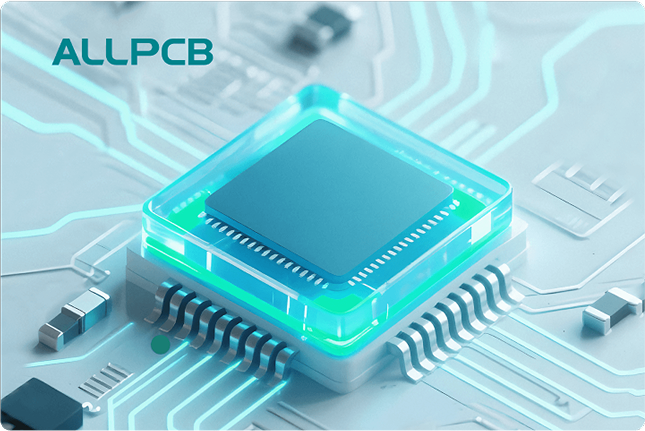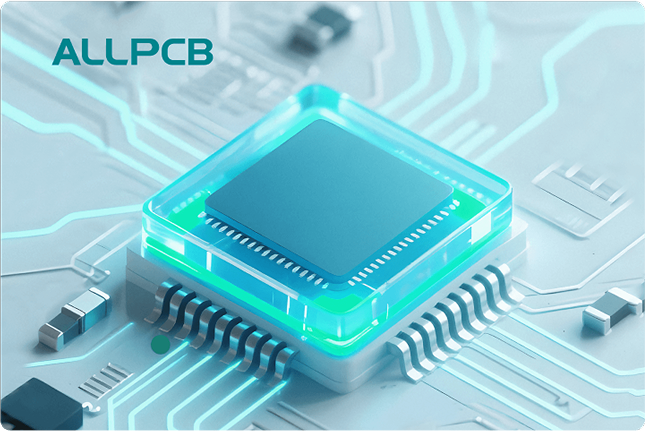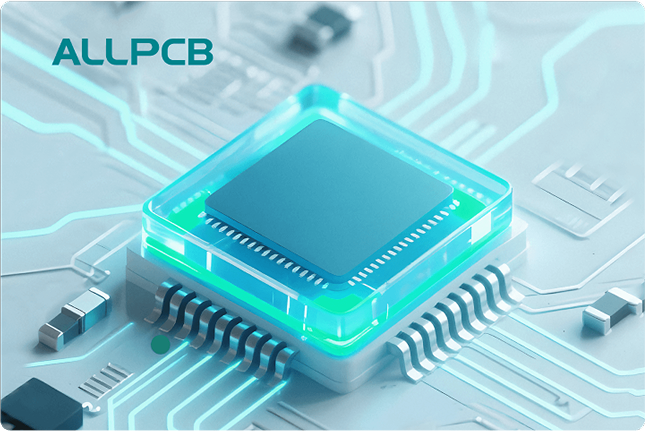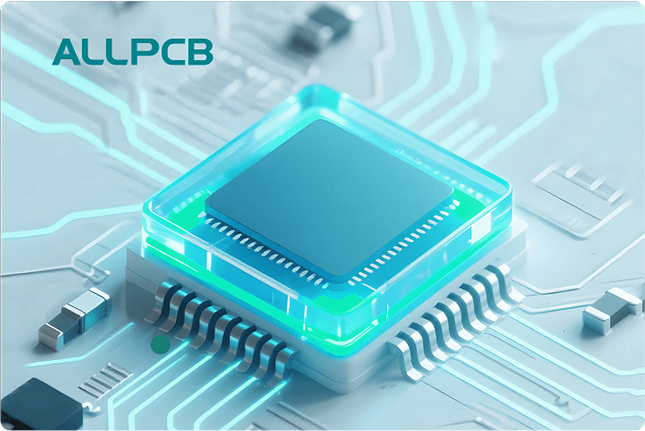Are you struggling to streamline your PCB assembly process? The journey from a Bill of Materials (BOM) to a fully assembled board can be challenging, especially when sourcing components. By partnering with the right component suppliers and leveraging services like BOM component matching, kitting for PCB assembly, and turnkey solutions, you can significantly reduce PCB assembly time and improve efficiency. In this blog, we’ll dive deep into how to optimize your workflow with efficient component procurement for PCB projects and explore actionable strategies to get your products to market faster.
Why Component Sourcing is Critical for PCB Assembly Success
Component sourcing is the foundation of any successful PCB assembly project. A well-managed BOM ensures that every part is accounted for, compatible, and available when needed. However, poor supplier choices or mismanaged procurement can lead to delays, cost overruns, and even project failures. Efficient component procurement for PCB projects starts with understanding your BOM and aligning with suppliers who can meet your needs.
Statistics show that up to 60% of PCB project delays are caused by component shortages or procurement issues. By focusing on streamlined sourcing, you can avoid these pitfalls. Whether you’re handling a small prototype or a large production run, the right suppliers can make all the difference in reducing PCB assembly time and ensuring quality.
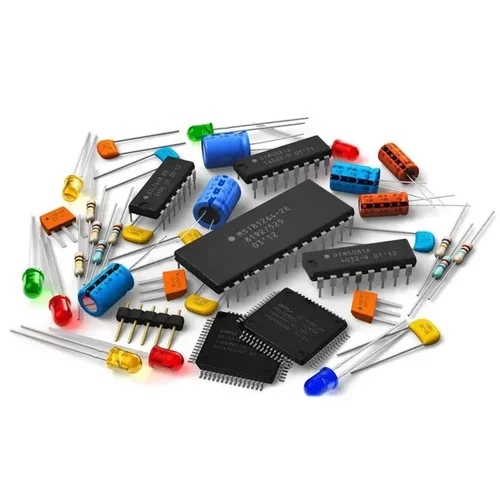
Understanding BOM Component Matching Service
A BOM component matching service is a game-changer for PCB assembly. This service involves a supplier or assembly partner reviewing your BOM to ensure all components are correctly specified, available, and compatible with your design. It minimizes errors like mismatched part numbers or obsolete components, which can halt production.
For example, imagine you’re designing a board that requires a specific capacitor with a 50V rating and 10uF capacitance. A BOM component matching service will verify that the part you’ve listed meets these specs and is in stock. If it’s not, they’ll suggest an alternative with the same electrical characteristics, saving you hours of research. This process is especially valuable for complex designs with hundreds of components, where manual verification is time-consuming and error-prone.
By using a BOM component matching service, you can cut down on design revisions and ensure your project stays on schedule. It’s a vital step in efficient component procurement for PCB projects, helping you avoid costly delays.
The Role of Kitting Service in PCB Assembly
Another powerful tool for streamlining PCB assembly is a kitting service for PCB assembly. Kitting involves pre-organizing all components needed for your board into a single package before assembly begins. Instead of receiving loose parts or dealing with multiple shipments, you get a complete, labeled kit ready for the production line.
Kitting services are particularly useful for small to medium production runs. For instance, if your project requires 200 unique components across 50 boards, a kitting service ensures that every resistor, capacitor, and IC is accounted for and grouped per board. This can reduce PCB assembly time by up to 30%, as it eliminates the need for manual sorting and reduces the risk of missing parts during production.
Additionally, kitting minimizes handling errors. When components are pre-sorted, there’s less chance of placing the wrong part on the board, which can lead to costly rework. Partnering with a supplier who offers kitting services for PCB assembly is a smart way to boost efficiency and maintain quality.

How Turnkey PCB Assembly Components Save Time and Effort
For those looking to simplify the entire process, turnkey PCB assembly components are the ultimate solution. A turnkey service means your supplier handles everything—from sourcing components to manufacturing and assembling the board. This all-in-one approach is ideal for engineers and companies who want to focus on design and innovation rather than logistics.
With turnkey PCB assembly components, you submit your BOM and design files, and the supplier takes care of the rest. They source parts, verify compatibility, assemble the board, and often perform testing to ensure functionality. This can reduce PCB assembly time by as much as 50%, as it eliminates the need to coordinate with multiple vendors or manage procurement yourself.
For example, a turnkey provider might handle a project requiring specific high-frequency connectors with an impedance of 50 ohms for signal integrity. They’ll source connectors that match this requirement, ensuring your board performs as expected without signal loss. This level of expertise and integration makes turnkey solutions a top choice for efficient component procurement in PCB projects.
Strategies to Reduce PCB Assembly Time Through Supplier Collaboration
Reducing PCB assembly time isn’t just about choosing the right services—it’s also about building strong relationships with component suppliers. Here are some proven strategies to make your process faster and more efficient:
- Communicate Early and Often: Share your BOM and project timeline with suppliers as soon as possible. Early communication helps them anticipate your needs and flag potential issues like long lead times for specific parts.
- Choose Suppliers with Local Inventory: Suppliers with local or regional warehouses can deliver components faster than those relying on international shipping. This can shave days or weeks off your timeline.
- Leverage Supplier Expertise: Many suppliers offer value-added services like BOM component matching or kitting. Use these to offload time-consuming tasks and focus on design.
- Plan for Scalability: Select suppliers who can handle both small prototype runs and large-scale production. This ensures consistency as your project grows, avoiding delays from switching vendors.
By implementing these strategies, you can reduce PCB assembly time and keep your project on track. For instance, working with a supplier who stocks common components like 1k ohm resistors or 16MHz crystal oscillators can prevent delays caused by backorders.

Efficient Component Procurement for PCB Projects: Best Practices
Efficient component procurement for PCB projects requires careful planning and attention to detail. Here are some best practices to ensure a smooth process:
- Create a Detailed BOM: Include part numbers, descriptions, quantities, and specifications like voltage ratings or tolerances. A clear BOM reduces errors during procurement.
- Prioritize Standard Components: Whenever possible, use widely available parts instead of niche or custom components. This reduces lead times and costs. For example, opting for a standard 0805 SMD resistor over a specialized size can speed up sourcing.
- Monitor Lead Times: Track lead times for critical components like microcontrollers or power ICs. If a part has a 12-week lead time, order it early to avoid holding up assembly.
- Work with Multiple Suppliers: Don’t rely on a single source. Having backup suppliers ensures you’re not stuck if one runs out of stock.
- Use Digital Tools: Many platforms offer real-time inventory checks and pricing for components. These tools help you make informed decisions quickly.
Following these practices can significantly improve your procurement process, ensuring that components arrive on time and within budget. Efficient component procurement for PCB projects is all about foresight and flexibility.
Common Challenges in Component Sourcing and How to Overcome Them
Even with the best planning, component sourcing can present challenges. Here are some common issues and how to address them:
- Component Shortages: Global supply chain disruptions can lead to shortages of popular parts like capacitors or semiconductors. To mitigate this, design with alternative components in mind and maintain a buffer stock for critical items.
- Obsolete Parts: Components can become obsolete during a project’s lifecycle. A BOM component matching service can help identify replacements with similar specs, such as finding a new 3.3V regulator if the original is discontinued.
- High Costs for Small Orders: Small prototype runs often face higher per-unit costs. Consider ordering slightly more than needed to benefit from bulk pricing, especially for resistors or LEDs used across multiple projects.
- Quality Issues: Counterfeit or substandard components can ruin a board. Always source from reputable suppliers with traceability and quality certifications.
By anticipating these challenges and working with reliable suppliers, you can keep your PCB assembly process running smoothly.

The Future of PCB Assembly: Trends in Component Sourcing
The PCB assembly landscape is evolving, and component sourcing is no exception. Here are some trends shaping the future:
- Automation in Procurement: AI and machine learning are being used to predict component availability and optimize BOMs. This technology can flag potential shortages before they become problems.
- Sustainability Focus: Suppliers are increasingly prioritizing eco-friendly components and packaging. Choosing sustainable options can enhance your brand’s reputation.
- Integrated Turnkey Solutions: More providers are offering end-to-end services, combining procurement, assembly, and testing. This trend supports faster time-to-market for products.
Staying ahead of these trends ensures your PCB assembly process remains competitive. Partnering with forward-thinking suppliers who adopt these innovations can give you an edge.
Conclusion: Building Better Boards with the Right Partners
Streamlining your journey from BOM to board is all about choosing the right component suppliers and leveraging services like BOM component matching, kitting for PCB assembly, and turnkey solutions. These strategies can drastically reduce PCB assembly time, improve quality, and lower costs. By focusing on efficient component procurement for PCB projects, you can avoid common pitfalls like shortages or mismatched parts and bring your designs to life faster.
At ALLPCB, we’re committed to helping you navigate the complexities of PCB assembly. With our expertise in component sourcing and assembly services, we can support your project from start to finish. Take the first step toward a smoother process by ensuring your BOM is optimized and your suppliers are aligned with your goals. Let’s build better boards together.
 ALLPCB
ALLPCB


